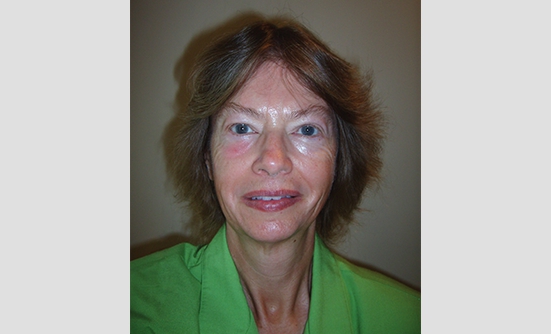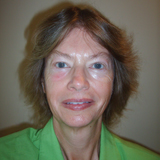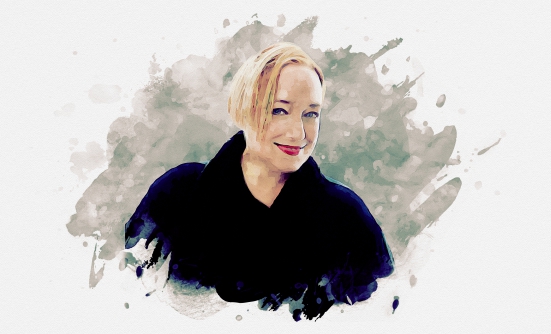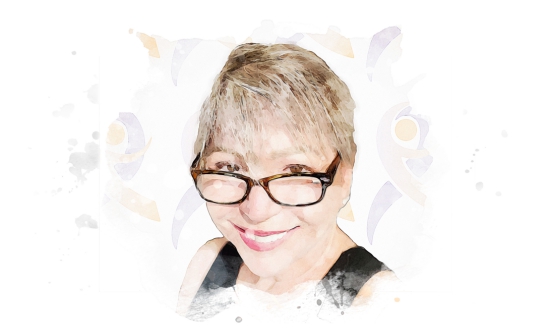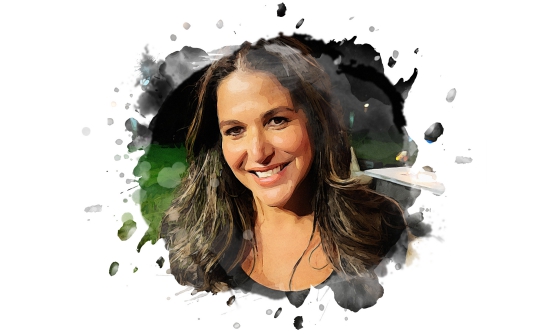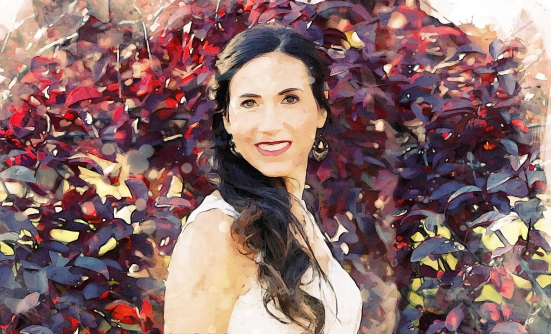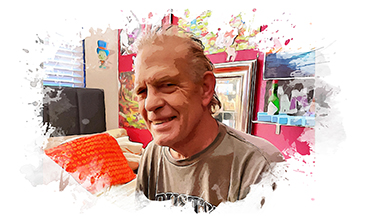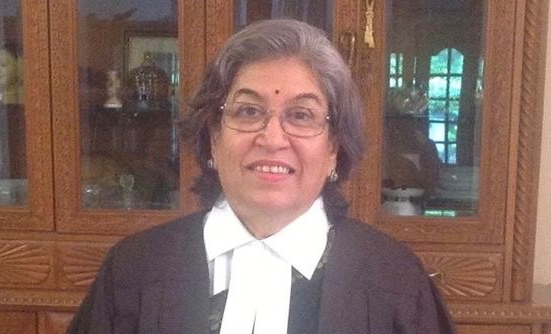When the emergency department (better known as ER) doctor and the clinical nurse specialist came in and asked, “Is there anyone with you?” I knew what was to follow wasn’t good. Like many other women, had made excuses for the discomfort, bloating, and weight gain I was experiencing in October 2016, thinking it was just something I had eaten, or maybe my metabolism, menopause, or inactivity.
By January 2017, my abdomen was so distended that I looked like I was pregnant. After waiting 3 days for the bloodwork, I went by myself to the ER to get some answers.
At the ER I had a CT scan, and I was informed that cancer was found throughout my abdomen, and it had spread to the omentum (the yellow fatty tissue that encases the abdominal organs).
All I could think of were the plans I had made to retire in 8 years, and how to tell my family.
My Gynecologic Oncology Appointment
I made an appointment with the oncology department on campus for that afternoon. The doctor was optimistic about the cancer, which made my family and me feel better. I was referred to Gary C. Reid, MD, at the Bing Cancer Center at Riverside Methodist Hospital in Columbus, Ohio, which is 80 miles away, because no one in the area specializes in gynecologic cancer. I researched Dr. Reid and discovered he was the Director of the Gynecologic Oncology Department in that hospital.
The next day, I had a paracentesis (draining of fluid from the abdomen); almost 4 liters of fluid were removed. After I met Dr. Reid, I knew he was the right doctor for me. He explained what he believed I needed, what he planned for my treatment, and why. A CT scan showed my ovaries enlarged to the size of lemons, instead of the average size of almonds. When doing the physical exam, Dr. Reid said that everything had shifted to the left side of my abdomen. He suggested that I join a new clinical trial.
Faith and Chemotherapy
Because in my faith we believe in the “laying on of hands” (for healing) during prayer, I asked the elders of my church to do this ritual right after my diagnosis. This gave me an overwhelming feeling that everything would be all right.
In mid-February, I met with the nurse who was associated with the clinical trial and mentioned that I was having trouble breathing. She said that I needed a new CT scan for the study, and she would ask the radiologist to look at the lung area as well. I had already had 4 paracenteses and thought I might need another one. After the CT scan, I was told I could not leave, and instead I was admitted to the hospital. Later that night, they removed almost 2 liters of fluid from around my chest cavity.
The doctor who came in to release me from the hospital said that I had stage IV cancer. I did not want to believe this, but Dr. Reid called me and suggested that I drop from the clinical trial, because the cancer on the omentum had progressed, and my body was now collecting fluid in more areas than just the abdomen. He said that I could not wait for the clinical trial to start but had to begin with chemotherapy immediately. This meant beginning the first of 9 weekly chemo treatments in late February.
In May, the chemo treatments ended, and a new CT scan was taken, showing no signs of active cancer; there was only scar tissue where the cancer once had been. Dr. Reid said that he could only think of one other woman who had such a positive response to chemo. I told him that the chemo and the prayer had made this happen.
We scheduled my total abdominal hysterectomy, radical debulking, omentectomy (removal of the omentum), and bilateral salpingo-oophorectomy (removal of the ovaries and uterus) for June. Final pathology results showed a 2-mm tumor in the uterus, but that was all. I was diagnosed with stage IVA primary peritoneal cancer, a rare type of cancer that starts in the peritoneum and is more common in women than in men.
I then had 9 additional weekly chemo treatments, and I was very blessed throughout my treatments. My long hair thinned but did not completely fall out. I did not have nausea, aches, mouth sores, or any of the other common side effects of chemo.
The nurses at the Adena Cancer Infusion Center were “angels.” I got to know a little about each of them and about their families. They made my family members comfortable and cared about them in addition to me. They are truly a blessing to know. I still see them for port flushes every 6 weeks.
Ringing the Survivor Bell
In September, I had my last chemo treatment and rang the bell of “treatment completion.” My fellow teacher who had given me “care bags” through treatment, gave me a T-shirt that said, “It Came. We Fought. I Won. Survivor,” and a bell with a survivor ribbon around it.
Since then, Dr. Reid retired, which was a blow to me. I had planned on our making the journey together to the end, but plans change. At that point, I had not met my new doctor at that office yet. I go there every 3 months for a CA 125 test (a tumor biomarker test), and for a CT scan every 6 months.
More Awareness Is Needed
When I tell people the type of cancer I have, no one has ever heard of it. Even my regular OB/GYN doctor found it hard to believe I had it, because it is so rare. However, because this cancer type is usually found late, perhaps it is not as rare as it is believed.
In fact, I wrote to the American Board of Obstetrics & Gynecology and the American College of Obstetrics & Gynecology to ask that they remind OB/GYN doctors to talk to their patients about the rare types of gynecologic cancer, but I didn’t get a response from them.
There should be educational brochures about the rare types of cancer in women, in addition to breast, ovarian, and uterine cancers that we hear about on a regular basis.
When Will It Come Back?
I have now moved on with my life, but the thought of when—not if—or where it will come back is always present. I am currently cancer-free, but the recurrence rate with this cancer is 80%, and the 5-year survival rate is low.
I stay busy, pray, and enjoy friends and family members, who are seeing me through each day.
If I get to retire, I would like to volunteer at the infusion center and help other people the way I was helped. I donate items to the patients at the center and bake goodies for the staff. They are “angels” who make all the difference at a trying time in people’s lives.





